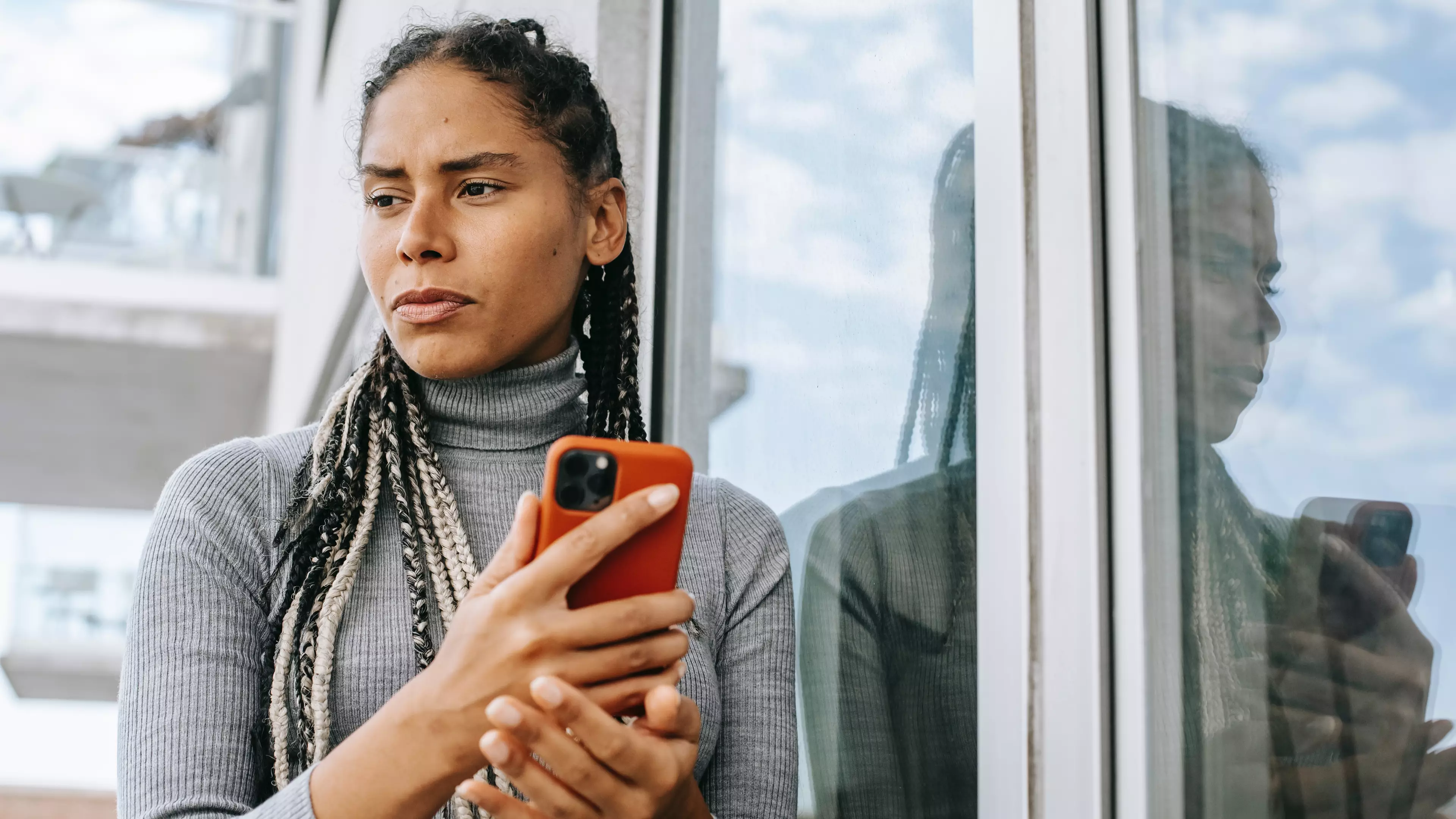
The technology we rely upon today makes our lives more convenient in countless ways - but it comes with privacy risks.
Stalkerware apps can be used to track the location of a victim without their knowledge, and are often used as a means of control by domestic abusers.
Digital security company Avast said usage of such apps has surged during the pandemic, with figures from January 93 percent up on the year before.
Advert
So, what are the tell-tale signs that spyware might be on your phone?

Avast advises you may notice that:
- Your device's performance is suddenly and unexpectedly worse - you may notice slow-downs or more frequent crashes or freezes.
- Your settings have changed without your consent - if you suddenly have a new browser homepage, new icons on your desktop, a different default search engine, or other changes that you didn't make, it might be due to stalkerware.
- You get odd messages - a sudden flood of pop-ups or error messages from programmes that always worked fine before may indicate spyware.
If you think you're at risk of being targeted, take the following security measures:
- Secure your phone against all unauthorised physical access: ensure your phone or device uses two-factor authentication - such as a pin code and a second form of identity confirmation such as an email backup or thumbprint.
- Install a reliable antivirus product on your mobile phone: a good mobile antivirus will treat stalkerware as a PUP (potentially unwanted programme) and give you the option to remove it.
And if it's already on your phone, here's how you can manually remove it:
- Reboot your phone into safe-mode: hold down your phone's power button to see your Power off and Restart options. Long-press the Power off option and the Reboot to safe-mode option will appear. Tap OK.
- Remove any suspicious apps: once rebooted in safe mode open up your Settings and tap Apps or Apps & notifications. Sort through your apps and look for anything you don't recognise.
- Remove any Malicious Apps: tap Uninstall to remove them from your device. If you're not sure if an app is malicious, search for the name of the app on the internet to see if other people have shared any issues with it.
Domestic violence charity Refuge has teamed up with Avast to raise awareness of the threat posed by stalkerware, which can be used to enable and intensify abuse.
Violence against women has increased since the outbreak of Covid-19 - in what the UN has dubbed 'the shadow pandemic' - and unethical software is seen as a major part of the problem.
Advert
Ruth Davison, CEO at Refuge, said: "We're delighted to be joining forces with Avast to tackle this issue.
"Fighting tech abuse of all forms will require cross-industry and sector collaboration.
"For almost 50 years, we have dedicated ourselves to helping victims of domestic abuse, and this partnership with Avast enables us to help tackle the evolving threat of tech abuse."
If you're experiencing domestic abuse, you can call the free 24-hour National Domestic Abuse Helpline on 0808 2000 247.
Featured Image Credit: Pexels/Alex GreenTopics: phone, Interesting, crime, Technology, Community, domestic abuse